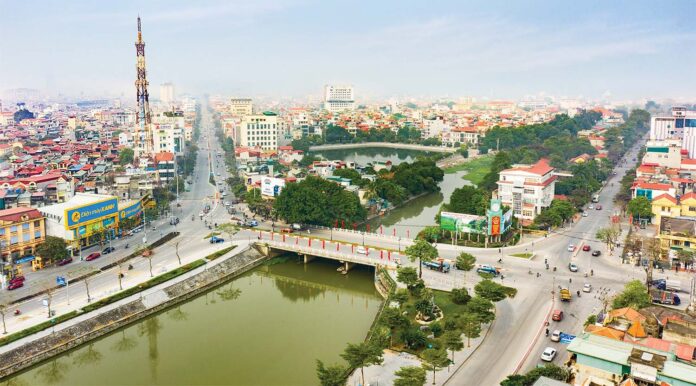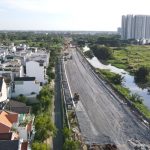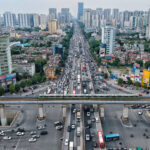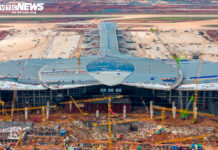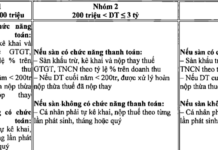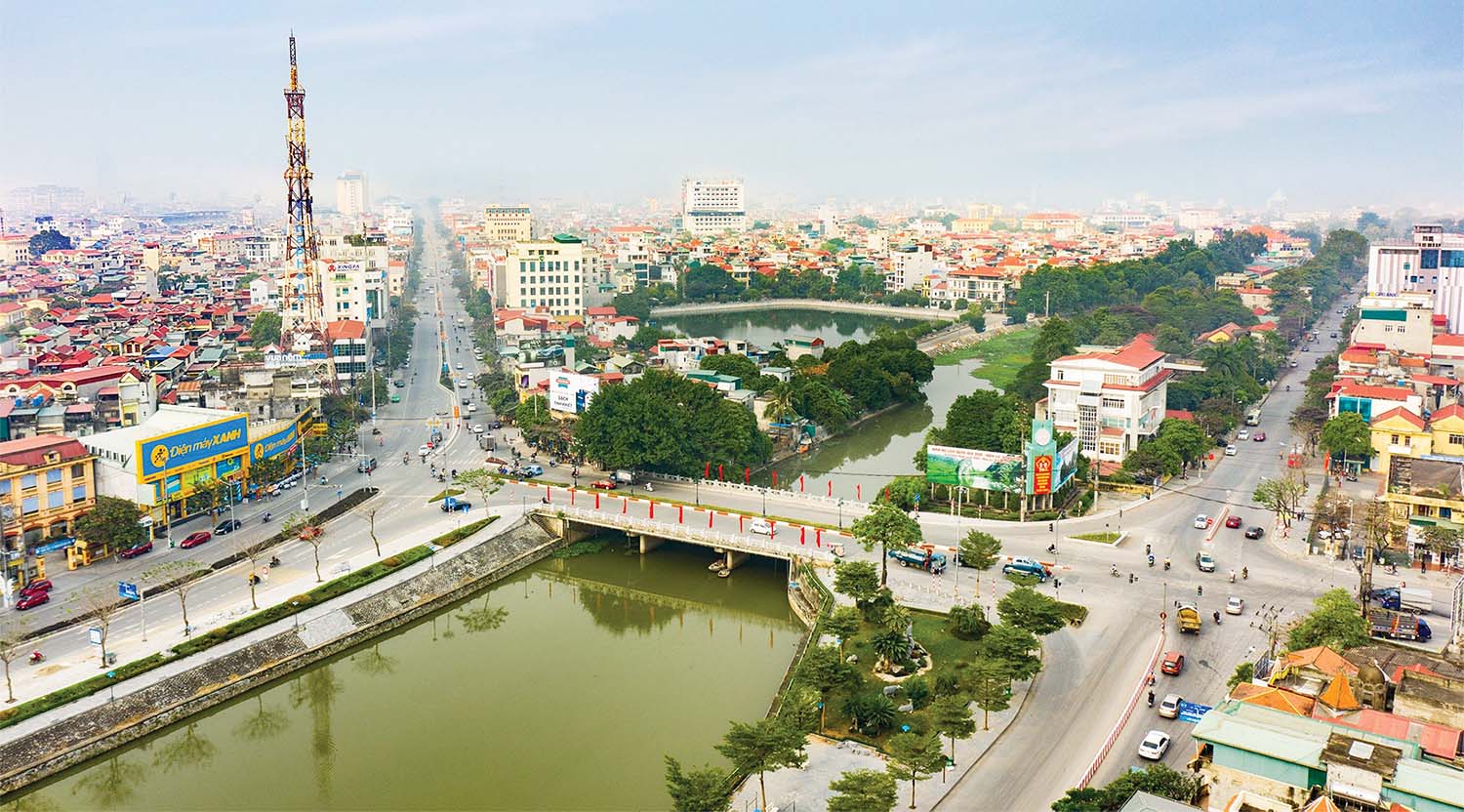
A glimpse of Ninh Binh City, Ninh Binh Province
The Prime Minister has issued Decision No. 891/QD-TTg dated August 22, 2024, approving the Master Plan for Urban and Rural Development for the period of 2021 – 2030, with a vision towards 2050.
According to the Master Plan, there are 5 centrally-governed municipalities, including: Hanoi Capital, Ho Chi Minh City (expected to become a special municipality by 2030), Hai Phong, Can Tho, and Da Nang (expected to become a Type I municipality by 2030).
8 provinces are oriented to become centrally-governed cities, including: Thua Thien Hue, Khanh Hoa, Bac Ninh, Ba Ria – Vung Tau, Quang Ninh, Ninh Binh, Hai Duong, and Binh Duong (expected to become a Type I city by 2030).
List of Centrally-Governed Municipalities or Provinces Oriented to Become Centrally-Governed Cities
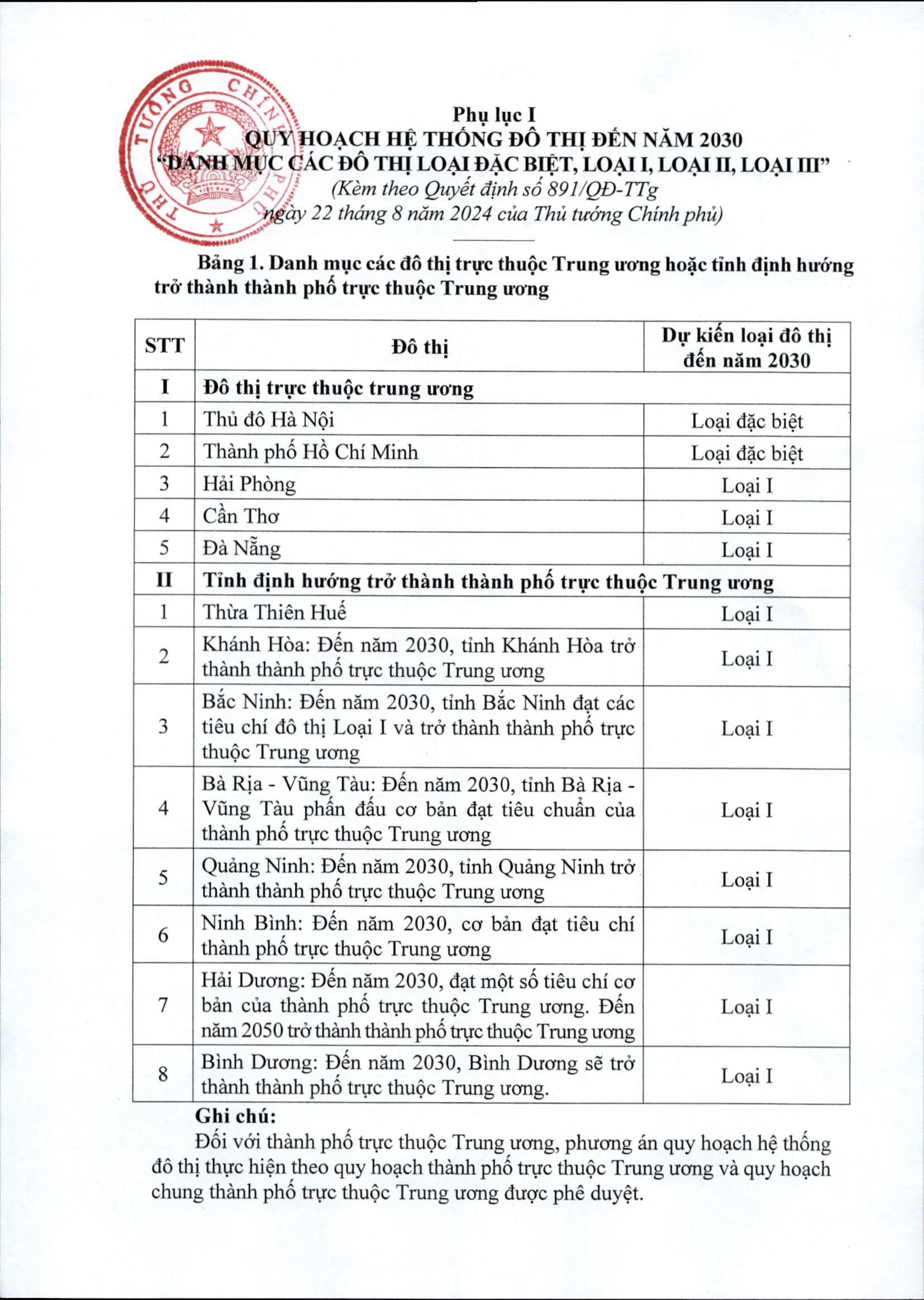
List of Type I Cities
The Master Plan has announced a list of 42 Type I cities, including: 11 cities in the Red River Delta region, 5 cities in the North Central and Coastal region, 7 cities in the North Midland and Mountainous region, 3 cities in the Central Highlands region, 5 cities in the South East region, and 11 cities in the Mekong Delta region.
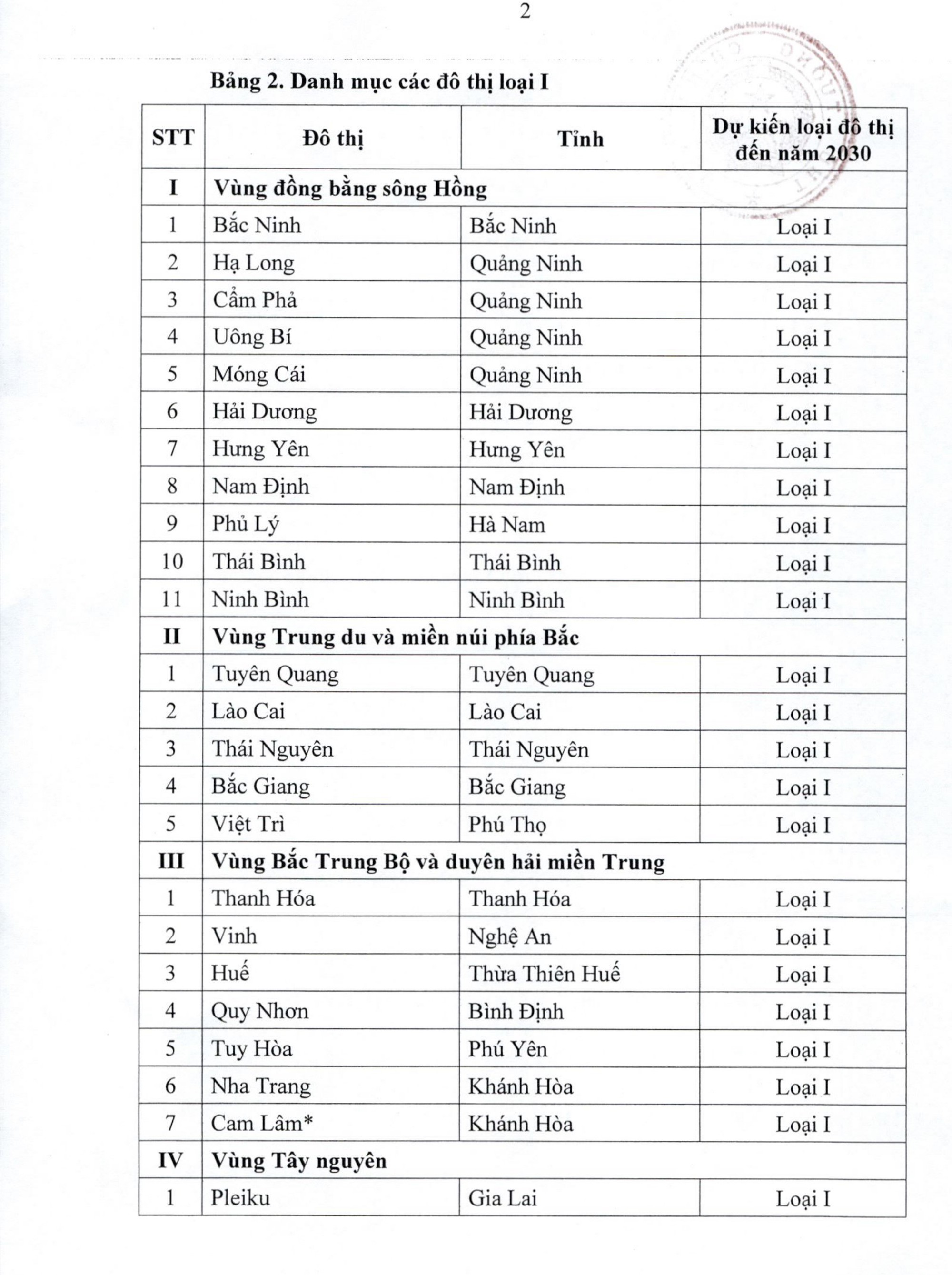
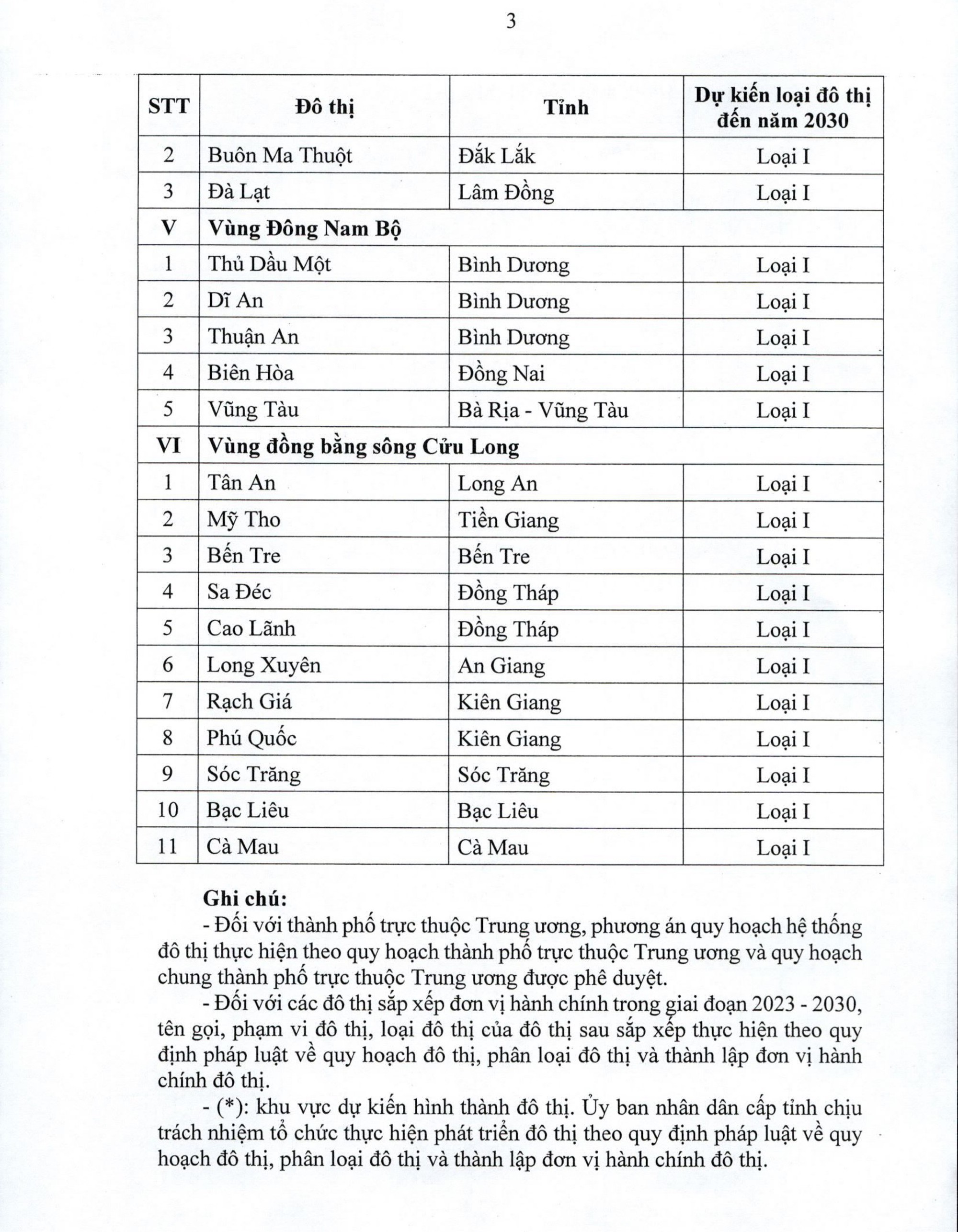
List of Type II Cities
There are 50 Type II cities, including: 10 cities in the Red River Delta region, 11 cities in the North Midland and Mountainous region, 11 cities in the North Central and Coastal region, 3 cities in the Central Highlands region, 8 cities in the South East region, and 7 cities in the Mekong Delta region.
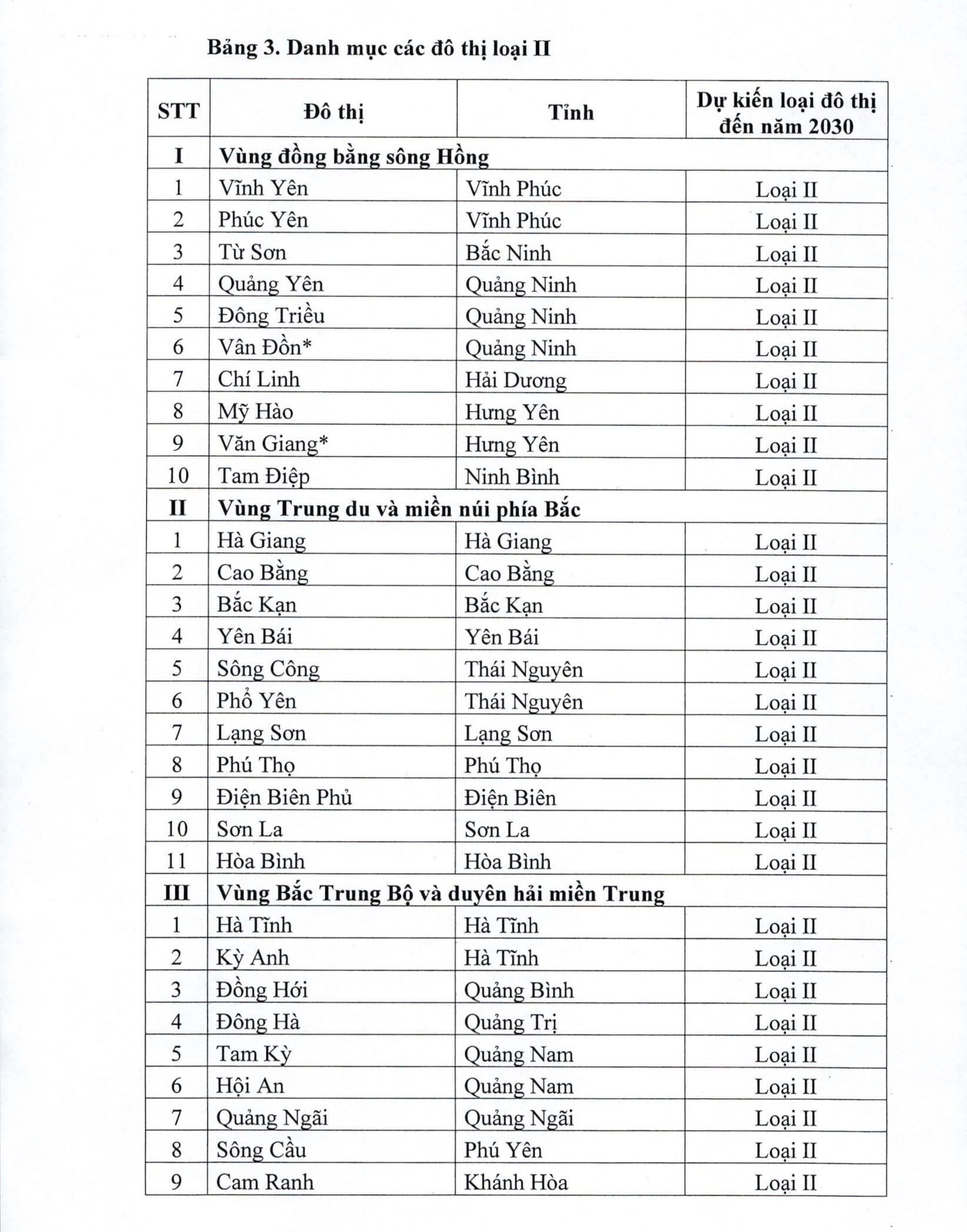
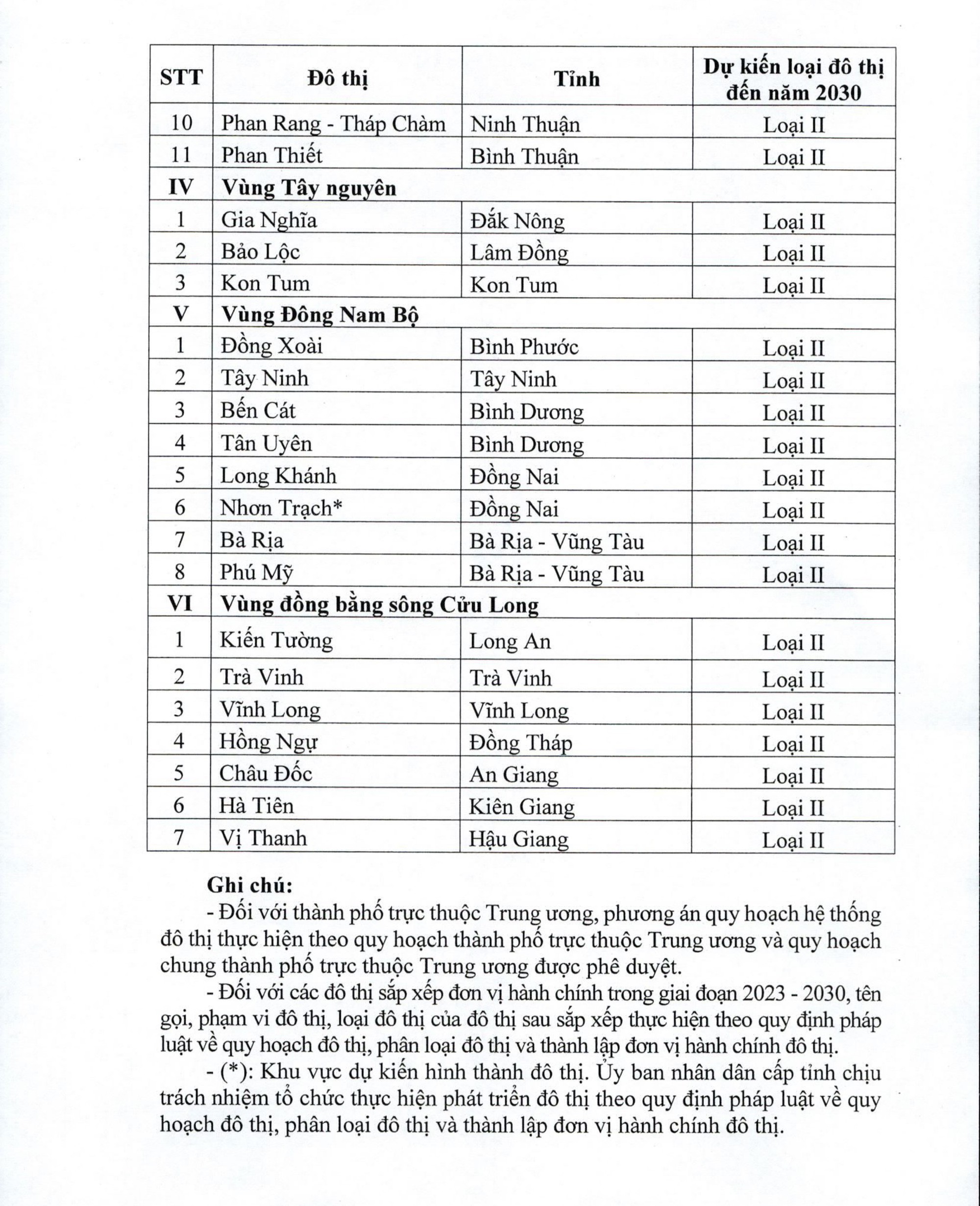
List of Type III Cities
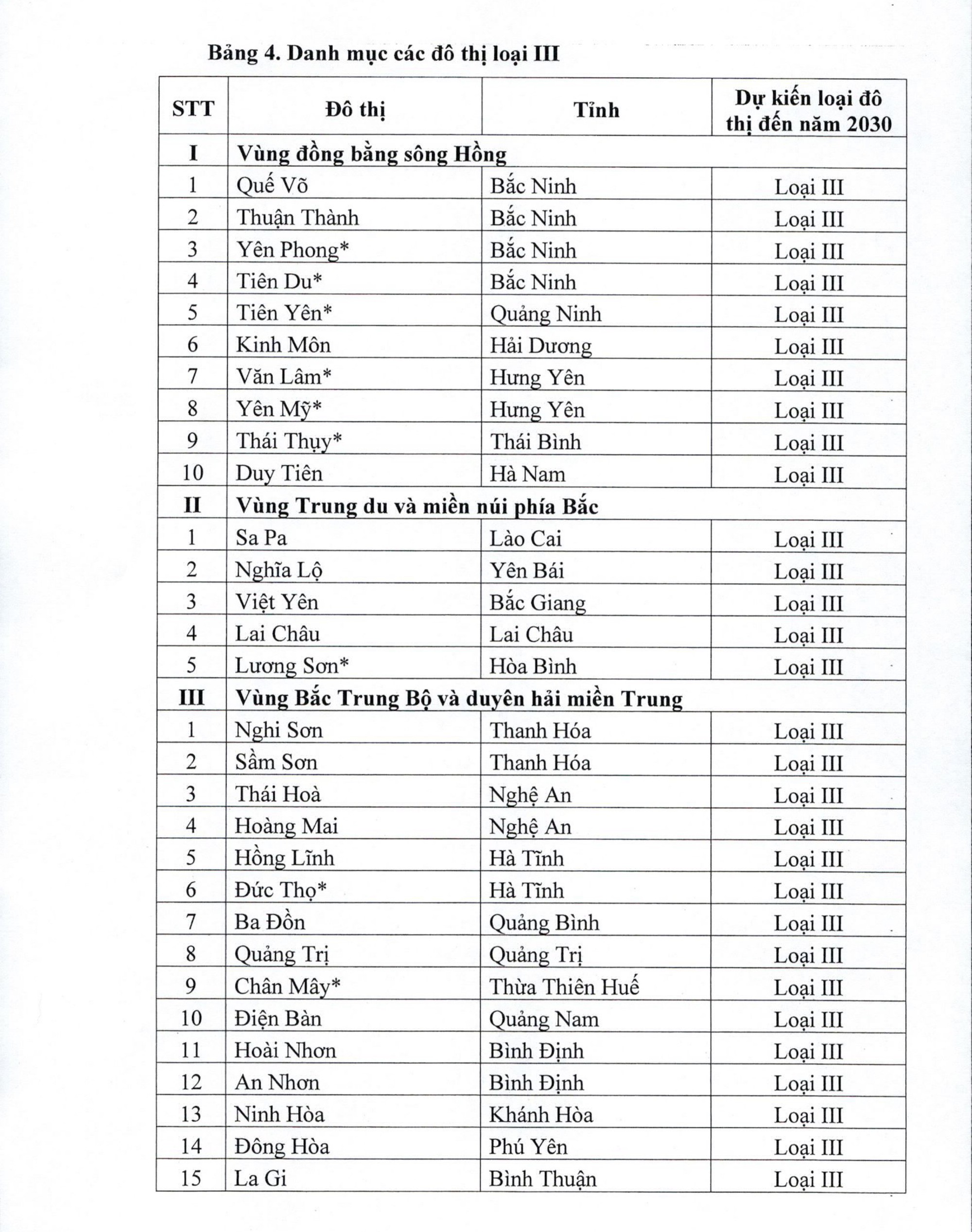
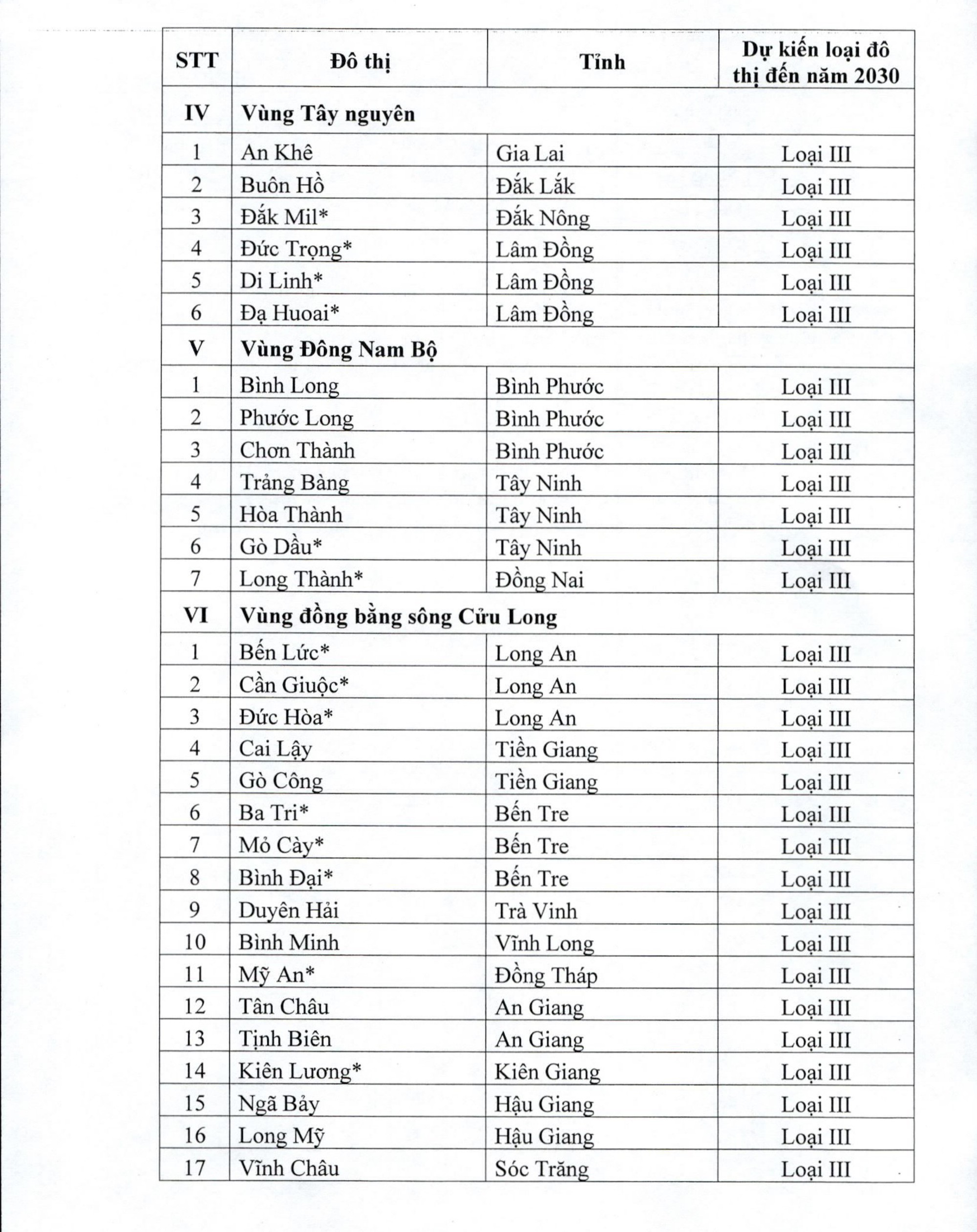
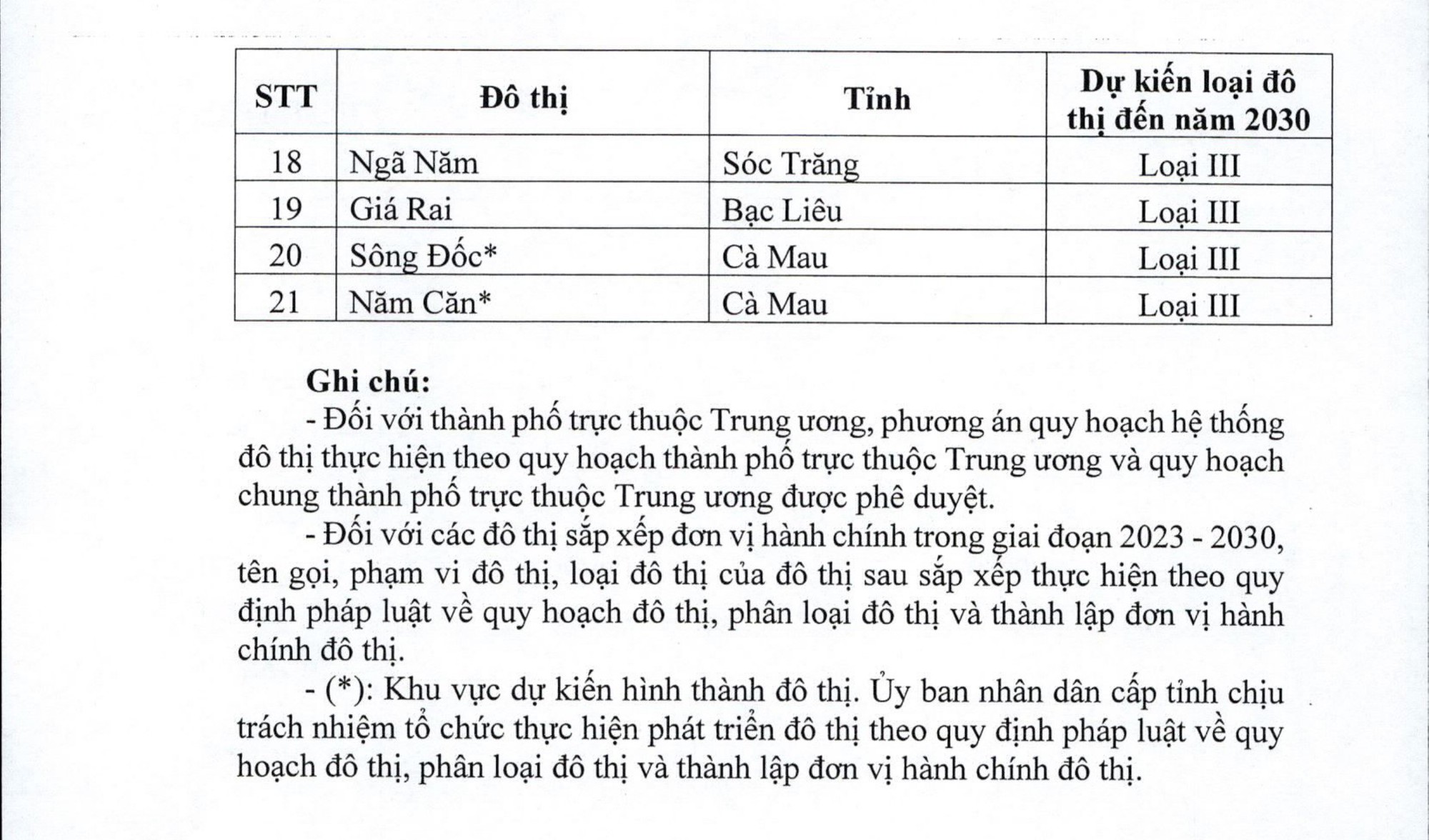
Comprehensive regional connectivity
In addition to building strong physical infrastructure, Ho Chi Minh City needs to strengthen its soft connections with other provinces in the region in order to promote economic development. This includes prioritizing the training of skilled workforce and ensuring access to quality healthcare.


























